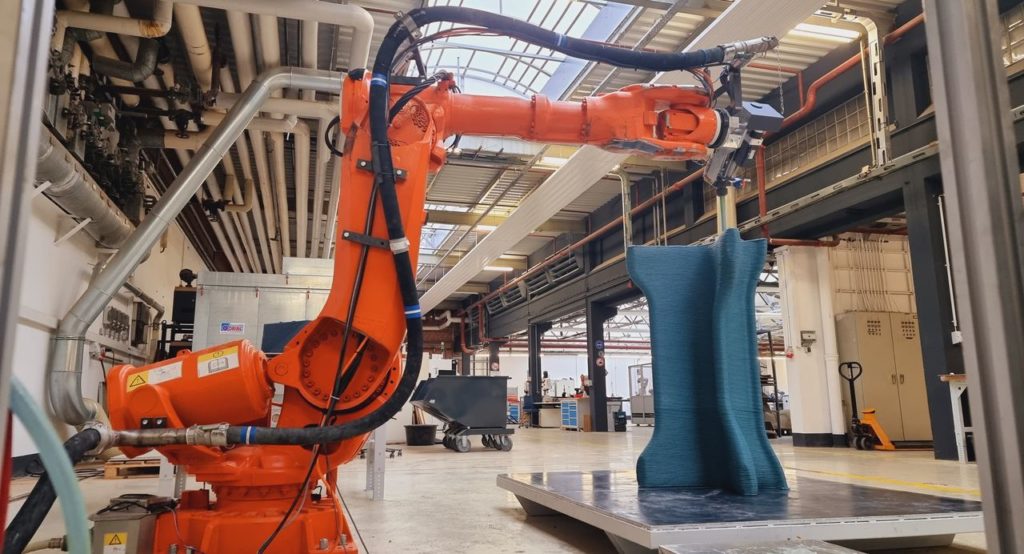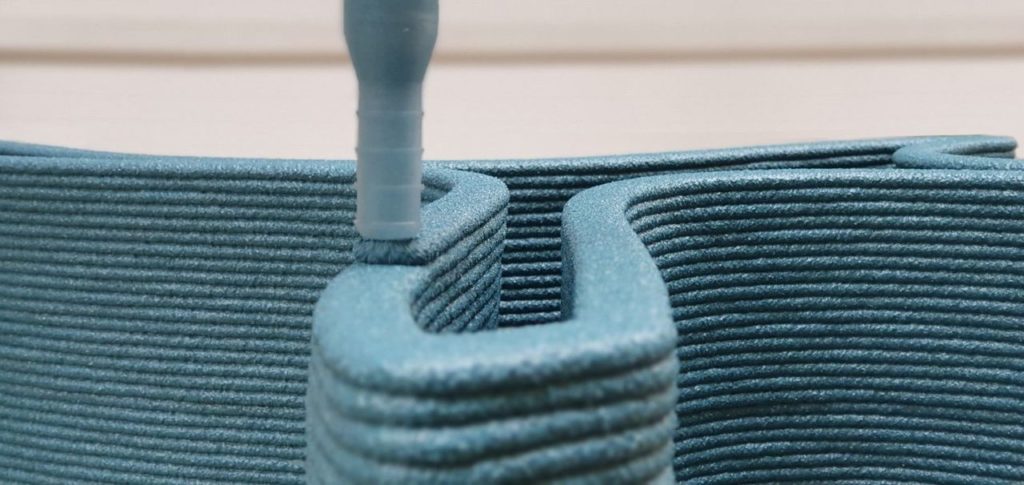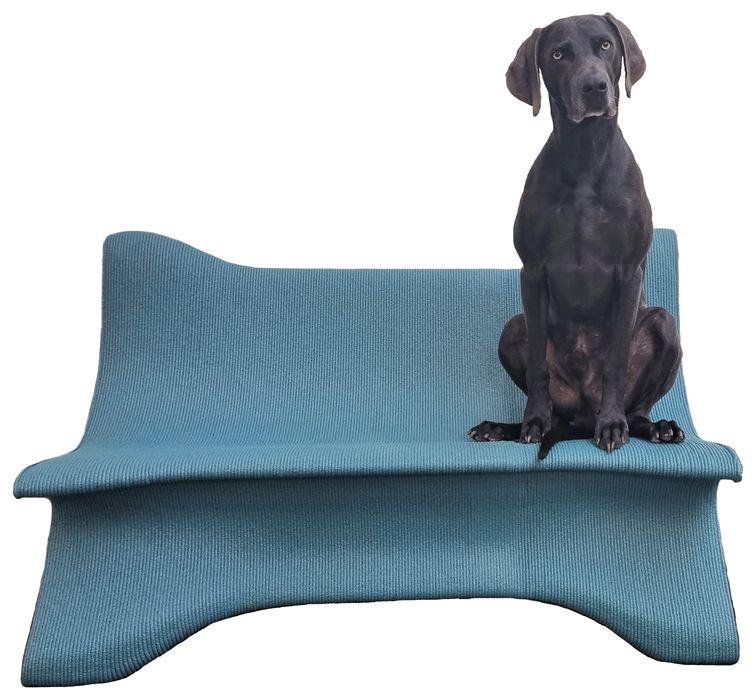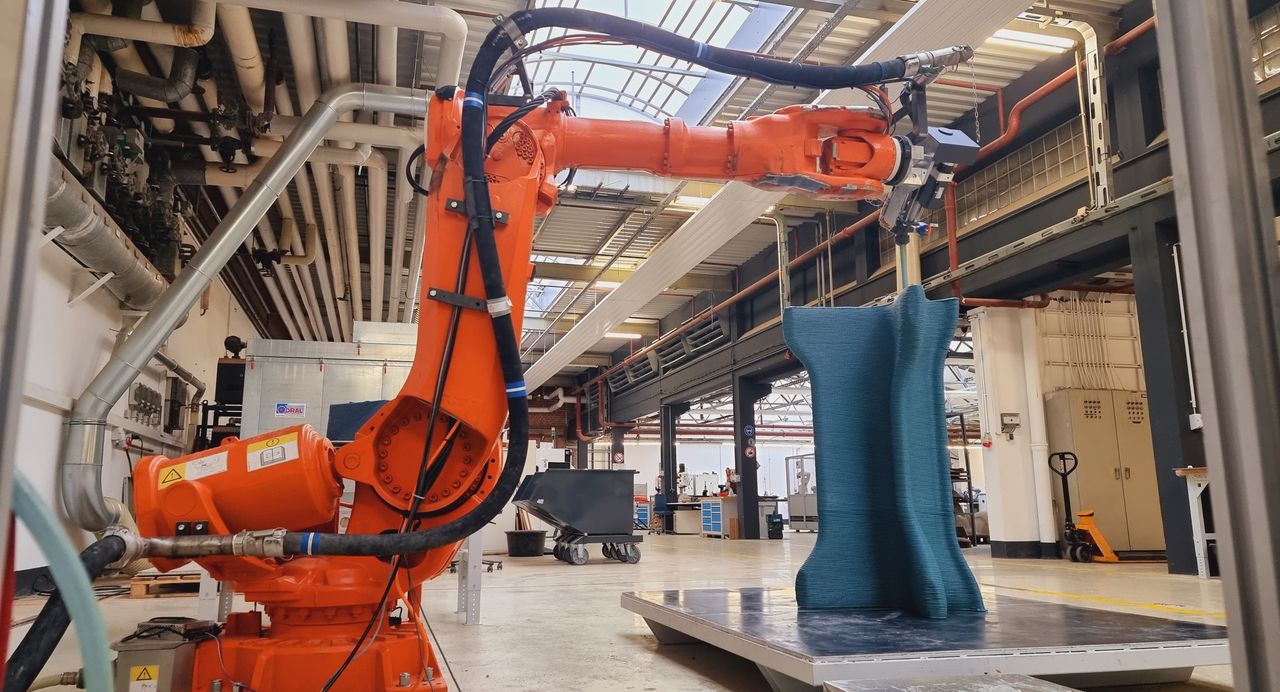
German innovation company Teu2tec is developing a 3D printer capable of operating underwater.
The company operates as a service provider on unusual creative projects for their clients, including “ideas, products and processes”. They explain their philosophy:
“Teu2tec was launched in 2018 to get innovations going. As a service provider, the young company from Gütersloh, Germany, actively supports its clients with the development and implementation of new ideas, products and processes. Teu2tec sees itself as an “agile archipelago” for its partners, providing them with latitude and freedom in all kinds of ways. Ideas need space.”
Their projects seem quite varied and involve a variety of technologies, but their most recent venture is relevant to 3D printing.
They’ve created the “Goliath” 3D printer that uses a process they call “PEM”, or “Paste Extrusion modeling process”.
It seems that PEM uses a combination of a base particulate matter combined with a two-part polyurethane binder. The particulate can be “any type of granules” up to 2mm in size, according to Teu2tec.

Evidently the two-part binder is mixed at the last moment before extrusion, and then combined with the particles. The result is a printhead that can extrude thick lines of material at a relatively fast 300mm/s. The layer height can range between 3 to 12 mm, so PEM is most suitable for printing large objects such as furniture.
The build volume is 2200 x 2200 x 2000 mm, but because the system is robotic it would seem this is simply the robot’s reach. By using different robotic systems, or perhaps by using multiple robots the build volume could very likely change to any required size.

One problem I immediately thought of was the curing time for the binder. Normally two-part binders have a limited time before they solidify, and Teu2tec said their binder has about ten seconds before this occurs. The question is, how do you temporarily stop 3D printing and then restart? This would be a commonly required maneuver during printing of an object with discontiguous segments on a layer. My fear would be that the binder would solidify within the printhead and gum it up.
It seems, however, that Teu2tec has been working on this issue. They explain:
“In an initial test series, the Teu2tec team has already succeeded in setting down and repositioning the print head during the active printing process. With the process technology used, an interruption of the extrusion during the additive process is realized and repositioning is made possible without further printing paste leaking from the extruder.”
Perhaps the most interesting aspect of the Goliath is that Teu2tec has been experimenting with underwater 3D printing, which can work because the chemical action of the binder can do so when immersed.
They have done some “initial tests” of this capability, and have succeeded. However, they may have a lot more work to do to refine underwater 3D printing for commercial use yet. Nevertheless, they are now seeking clients interested in working on underwater 3D printing projects.
This is an area of 3D printing that obviously has not had any attention yet. There may indeed be quite a few applications for this underwater technology that few realize in these early days. The underwater environment is quite restrictive and the ability to build arbitrary objects could be desirable. On the other hand, the binder material may not be appropriate for some applications.
If you’re interested in learning more about underwater 3D printing potential, I suggest you give Teu2tec a call.
Via Teu2tec

